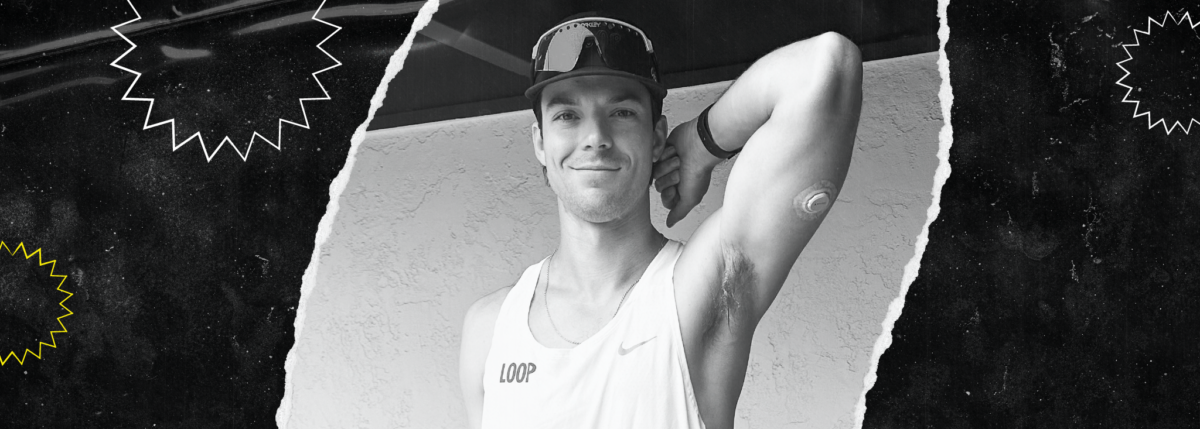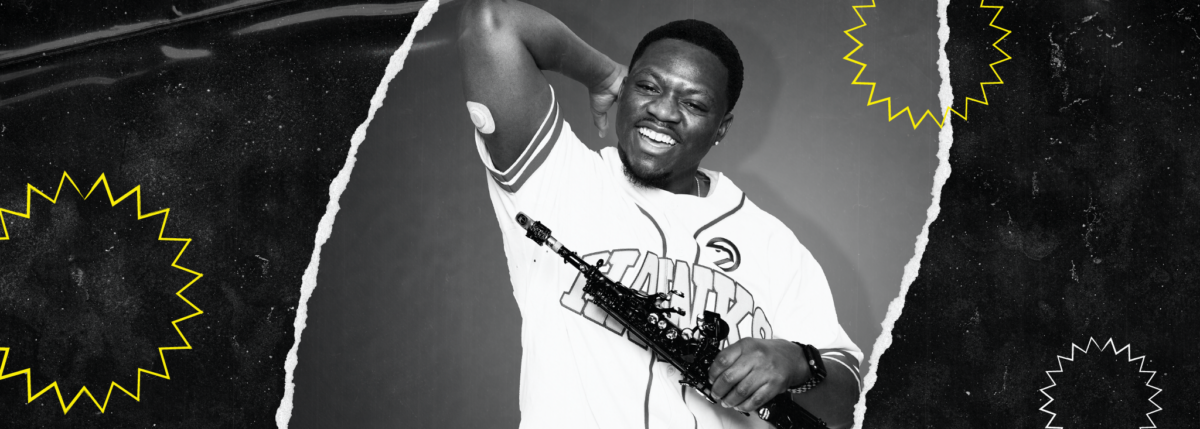My Journey with Hypoglycemia Anxiety
Written by: Kristi Caporoso, MSW, LCSW
4 minute read
August 5, 2019
There’s a hill in my town that I have grown quite familiar with. When I was younger, my dad and I used to ride our bikes around the lake. I would coast down this hill on our rides, giving my tired calves a rest. Now, I run down this hill. It’s around the two-mile marker on my run, which is the spot where I typically take in some fuel to prevent a low. Whenever I run down this hill, I take a pause in my mind.
I remember countless times I rode my bike down this hill and felt a crashing, dizzying low that I would simply ignore. I didn’t want anything to interrupt my bike ride with dad, to cause him to stop because of me. I think of how free from worry I was as a tween, coasting down that hill, the wind flying through my sweaty hair, holding out for a juice box when we made it back home.
Things are very different now.
Don’t get me wrong—what I was doing was not safe. I for sure should have pulled off to the side of the road to test and get some sugar in me. What gives me pause is the fact that things have changed so drastically for me. As I run I wonder, when did I become so afraid? How did I go from a fearless kid trying to will away her lows, to a wizened adult neurotically testing my sugar as frequently as every five minutes to ensure I’m not dangerously low?
Surely maturity plays some role in this. As you grow older, you become more cautious. But there is a fine line between caution and obsession, and it’s taken me some time to realize that I’ve been living on that line. As someone who’s been lucky enough to only experience one conscious-altering low in my lifetime, I can’t help but wonder why this fear of lows has developed. It is an insidious fear, one that crept into me and hid until questions from my family, friends and endo shined a blaring light onto it.
“You stick your finger way more than you used to,” a friend would say.
“Didn’t you just test?” my mom would wonder aloud.
It took my endo really laying into me for me to notice how big a role hypo anxiety had taken on in my life. She would sit with me in the exam room and pore over my numbers. “You’re testing a lot,” she would say, frustrating us both, as my A1C still wasn’t where I wanted it to be. “Take me through your typical day.”
It was only then that I realized how often I was snacking and not bolusing, under-correcting and over-treating before hypos even occurred. After this realization, being a social worker I turned the focus inward—why was I doing this? The answer, whether I liked to admit or not, was fear. It took me awhile to accept this—in typical denial fashion I had been quick with reasonable excuses: I was being pro-active, I knew I would go low if I didn’t treat, I couldn’t function at work while low, etc. Now, there is some grain of truth to all of these retorts. However, I was kidding myself if I didn’t acknowledge that fear was at the root of my actions, and how much it was starting to interfere with my life.
Giving it a name
The more I speak to people with diabetes, the more I learn that hypo anxiety is much more common than I thought. Beyond that, there’s many people out there like me who don’t even realize that they’re suffering from it. This may be because there doesn’t seem to be as big a space for it in diabetes conversation. We don’t discuss it as often as we do burnout, hypo unawareness, or data overload. For me, it’s also because there wasn’t really a name for it. I would stumble when trying to talk about it, going from “don’t want to go low,” to “fear of lows,” and finally to the accepting and seemingly appropriate term “hypo anxiety.”
They say giving something a name can give it more power, but in this case I don’t necessarily agree. Once I named this fear, I was more easily able to acknowledge it. Acknowledgement—and ultimately, acceptance—is the first step towards getting comfortable with something and decreasing anxiety. It is brought from the scary blob of the unknown into our everyday language. And once we are able to bring it into the conversation, we can distance ourselves from it and examine it—get to know it, get comfortable with it and work to change it.
A common problem, but what’s the solution?
A continuous glucose monitor (CGM) can be both helpful and hurtful in this case. On the one hand, it can alert you if you’re going low, and give insight into patterns to prevent future lows. On the other hand, you can find yourself staring at your CGM graph/swiping your arm every five minutes. This may alleviate anxiety in the short-term, but in the long run it is not helpful. Seeing a straight downward arrow—or, God forbid, double down arrows—can provoke the thought, “Oh no, here comes a low, I better act now!” That’s why the first step in curbing hypo anxiety is noticing your thoughts. Much like in any form of cognitive therapy, noticing your thoughts gives you the opportunity to evaluate how likely they are to be true or false, and how helpful or non-helpful they are.
Another tool that’s been useful for me is setting timers. If I test and I’m low, immediately after treating I’ll set my timer for 15 minutes. After those fifteen minutes, I’ll retest—not before, unless I feel dangerously low. I won’t treat again during those fifteen minutes. Now, this is much easier said than done. It takes practice to get comfortable doing this. You WILL be uncomfortable in the beginning, and that is okay. Unless your discomfort is unbearable and sending you into a full-blown panic attack, make space for it and get used to it. It’s very similar to the wait-and-see challenge I do with my CGM. If I see a downward arrow, I don’t immediately treat. I wait. And wait…until my sugars are as low as the low 80s with a slight downward arrow. Most of the time, the reading after that evens out and I’ve avoided an unnecessary pre-low treatment.
You may need a little bit of extra help with this. Whether it’s from a diabuddy or a professional therapist, it helps to have someone guiding us along in our journey. Any therapist who is familiar with Cognitive Behavioral Therapy (CBT) or Acceptance and Commitment Therapy (ACT) could work on some of the skills outlined in this feature. Hypo anxiety is similar to other phobias—spiders, heights, planes, etc. So as long as your therapist has a basic grasp of type 1—which you may need to help them with—it should be no different than working on any other fear.
It was upsetting to me to realize this was something I was struggling with. I’ve had diabetes for so long and always felt that lows didn’t play too big a role in my life. But once I came to accept what was happening, I was able to address it and see significant changes in my care and my mental health. Some days are harder than others, but that’s par for the course with anything type 1.
Check out another piece by Kristi on Anxiety + Diabetes.
You can find more mental health resources here.

Author
Kristi Caporoso, MSW, LCSW
Kristi Caporoso is a young adult living with type 1 diabetes located in northern New Jersey. She received her master’s in social work at Rutgers University, with a focus on clinical social work in the healthcare field. She is a licensed clinical social worker (LCSW) working in a children’s hospital with patients and families coping with a variety of crises and chronic illnesses. Her main interests are reading, writing, running and showing others what living with type 1 really looks like. She has had type 1 for over 26 years. You can find her on Twitter & Instagram: @diabetictruths and her blog: https://diabetic-truths.blogspot.com/
Related Resources
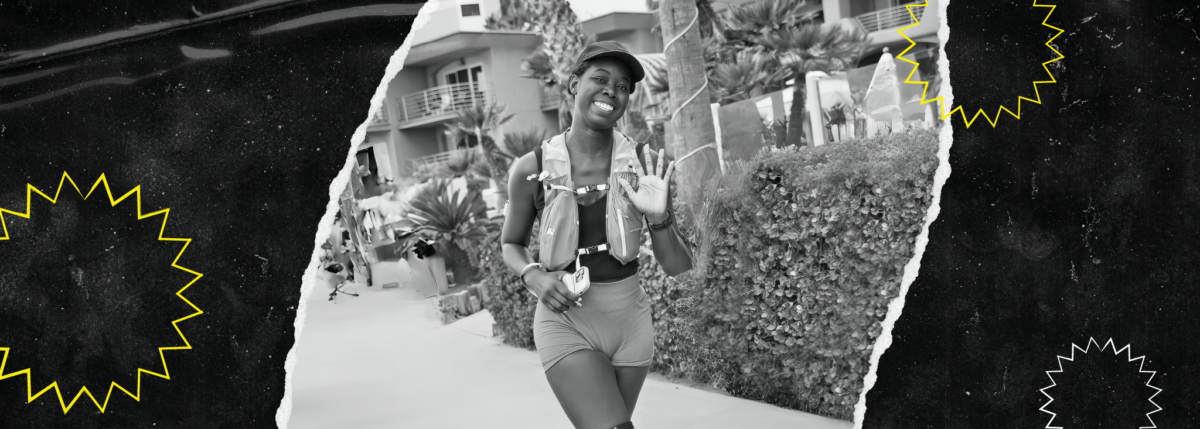
Danica Collins not only prepared for one of the most challenging physical events of her...
Read more
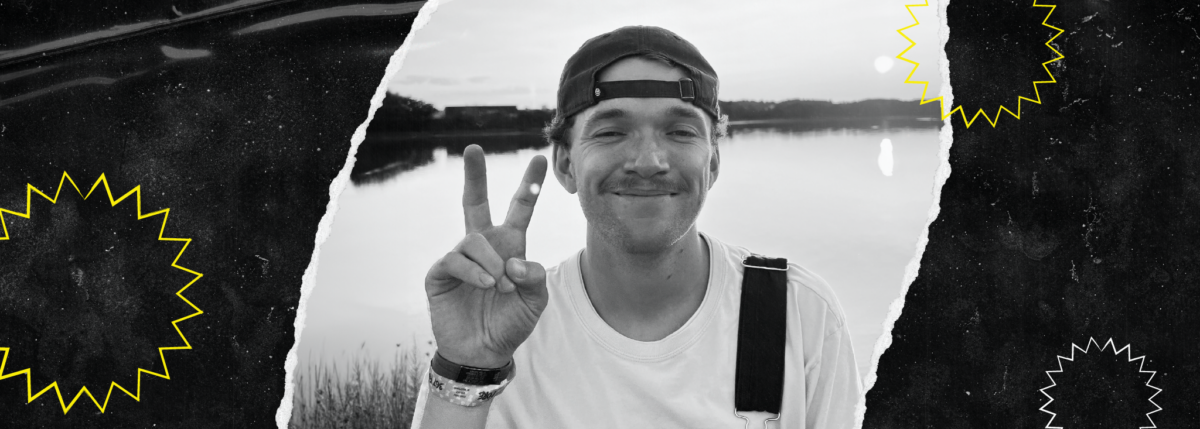
Beyond Type 1 is spotlighting inspiring athletes with type 1 diabetes as they prepare for...
Read more
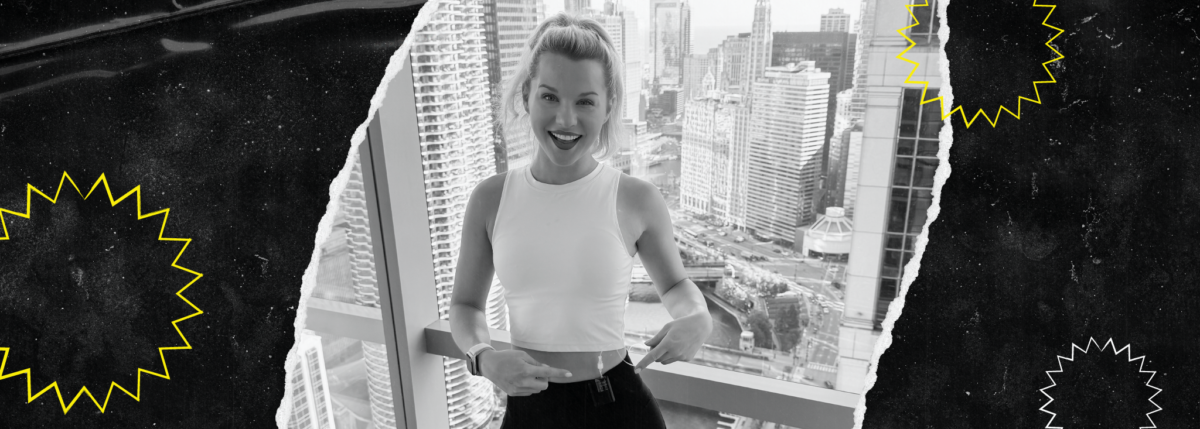
On November 3, 2024, Taylor Rindfleisch of Chicago laced up her running shoes for the...
Read more
